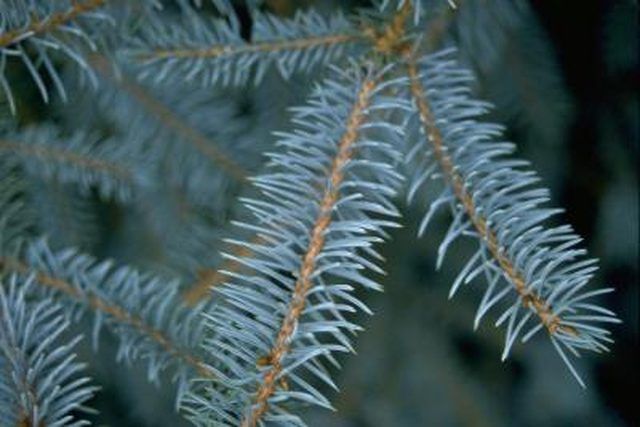Bulbs
Flower Basics
Flower Beds & Specialty Gardens
Flower Garden
Garden Furniture
Garden Gnomes
Garden Seeds
Garden Sheds
Garden Statues
Garden Tools & Supplies
Gardening Basics
Green & Organic
Groundcovers & Vines
Growing Annuals
Growing Basil
Growing Beans
Growing Berries
Growing Blueberries
Growing Cactus
Growing Corn
Growing Cotton
Growing Edibles
Growing Flowers
Growing Garlic
Growing Grapes
Growing Grass
Growing Herbs
Growing Jasmine
Growing Mint
Growing Mushrooms
Orchids
Growing Peanuts
Growing Perennials
Growing Plants
Growing Rosemary
Growing Roses
Growing Strawberries
Growing Sunflowers
Growing Thyme
Growing Tomatoes
Growing Tulips
Growing Vegetables
Herb Basics
Herb Garden
Indoor Growing
Landscaping Basics
Landscaping Patios
Landscaping Plants
Landscaping Shrubs
Landscaping Trees
Landscaping Walks & Pathways
Lawn Basics
Lawn Maintenance
Lawn Mowers
Lawn Ornaments
Lawn Planting
Lawn Tools
Outdoor Growing
Overall Landscape Planning
Pests, Weeds & Problems
Plant Basics
Rock Garden
Rose Garden
Shrubs
Soil
Specialty Gardens
Trees
Vegetable Garden
Yard Maintenance
The Care of a Blue Spruce Tree
The Care of a Blue Spruce Tree. The blue spruce (Picea pungens) is native to the United States. It is the state tree of Colorado and Utah, according to Northern Arizona University. Desirable for its bluish-green needles and adaptability, the blue spruce is widely planted throughout the country.

The blue spruce (Picea pungens) is native to the United States. It is the state tree of Colorado and Utah, according to Northern Arizona University. Desirable for its bluish-green needles and adaptability, the blue spruce is widely planted throughout the country.
Location
Blue spruce trees can reach heights of over 100 feet, according to Northern Arizona University. For that reason, it's important to locate your tree where it will have room to grow tall and wide. These trees grow best in U.S. Department of Agriculture (USDA) hardiness zones 2 through 7.
Culture
Blue spruce trees do not like extremes. They prefer shelter from hot sun and strong winds, according to Utah State University. Plant them in rich, fertile soil and keep the soil slightly moist during periods of drought.
Maintenance
Do not prune these trees. They do best when their branches are allowed to grow all the way to the ground, according to Utah State University. Watch for the development of galls (lumpy, brown growths) on the ends of the branches. Prevent these fungal infections from forming the next year by treating your spruce with a fungicidal spray in early spring.